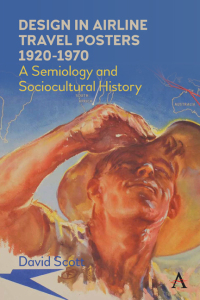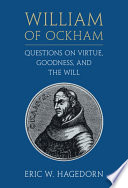Buy Design in Airline Travel Posters 1920-1970: A Semiology and Sociocultural History 1st Edition PDF ebook by author David Scott – published by Anthem Press (NBN) in 2021 and save up to 80% compared to the print version of this textbook. With PDF version of this textbook, not only save you money, you can also highlight, add text, underline add post-it notes, bookmarks to pages, instantly search for the major terms or chapter titles, etc.
You can search our site for other versions of the Design in Airline Travel Posters 1920-1970: A Semiology and Sociocultural History 1st Edition PDF ebook. You can also search for others PDF ebooks from publisher Anthem Press (NBN), as well as from your favorite authors. We have thousands of online textbooks and course materials (mostly in PDF) that you can download immediately after purchase.
Note: e-textBooks do not come with access codes, CDs/DVDs, workbooks, and other supplemental items.
eBook Details:
Full title: Design in Airline Travel Posters 1920-1970: A Semiology and Sociocultural History 1st Edition
Edition: 1st
Copyright year: 2021
Publisher: Anthem Press (NBN)
Author: David Scott
ISBN: 9781785276286, 9781785276309
Format: PDF
Description of Design in Airline Travel Posters 1920-1970: A Semiology and Sociocultural History 1st Edition:
The field of poster studies is vast, but it is surprising how little work has been done till date on the fundamental structures – semiotic and semantic – that underpin the visual messages posters produce. Most studies of posters focus either on their history; on specific themes – politics, travel, sport, cinema; or on their status as collectable items. Though such approaches are valid, they hardly account for the specificity of the poster’s appeal or for the complex semiotic and cultural issues poster art raises. This book sets out to tackle these latter issues since they are fundamental both to the deeper significance and to the wider appeal of the poster as a cultural form.
In doing so it focuses on the field of airline travel posters which developed precisely in the period of the twentieth century (1920-1970) that coincided with the onset of mass travel. The romance and excitement of fast travel to exotic destinations stimulated some memorable poster images that today have lost none of their magic. Since posters are cultural signs, to understand better how they work and the value attached to them even after their commercial or political message has been communicated, it is useful to analyse them in terms of both their sociocultural histories and their semiological structures. What this book sets out to do is to combine these approaches in such a way as to enhance the viewer/reader’s understanding of both the cultural and the semiological aspects of the poster and to show how the interaction of these aspects produces the specific quality of its messages.
Although posters are essentially word/image constructs, little attention has been paid to this fundamental aspect of their semiological structures. While Roland Barthes (1964) and other structuralist semioticians of the 1960s and 1970s -in France in particular – have made inroads into what is at stake in the poster’s word/ image structure, this book pursues the implications of this for the rhetoric of persuasion that is activated by the poster in fulfilling its dual function as provider of information and agent of seduction. For the poster, from the start of the twentieth century, has established a conventional repertory of textual/visual motifs that it has applied across a wide range of communicative functions – political, commercial and artistic. The aim of this book is to analyse the way these motifs are structured since they reveal much about the way cultural messages are produced and the way the poster is able to promote both a specific, product-centred message and aesthetic pleasure through a multiplicity of connotations.





